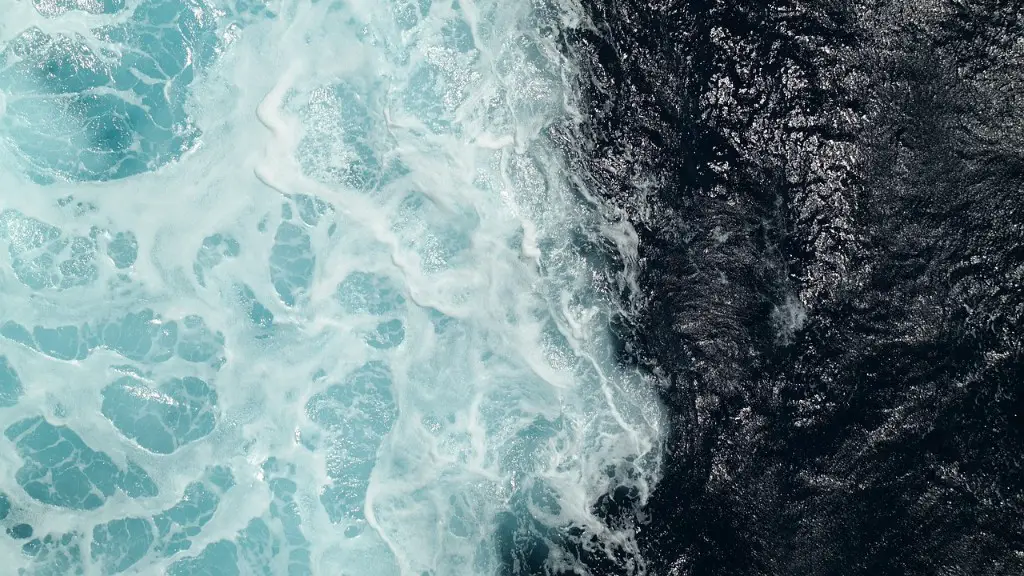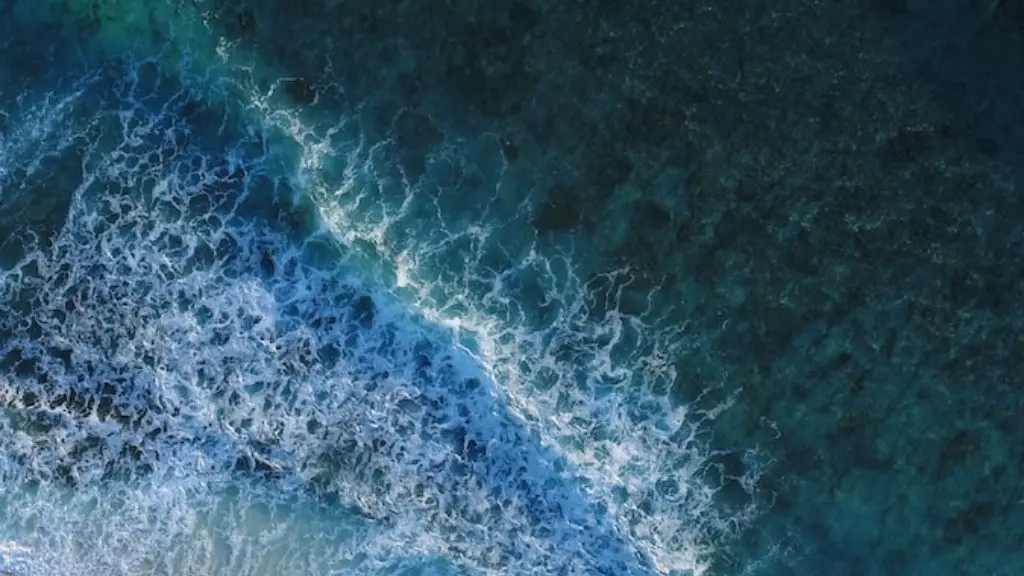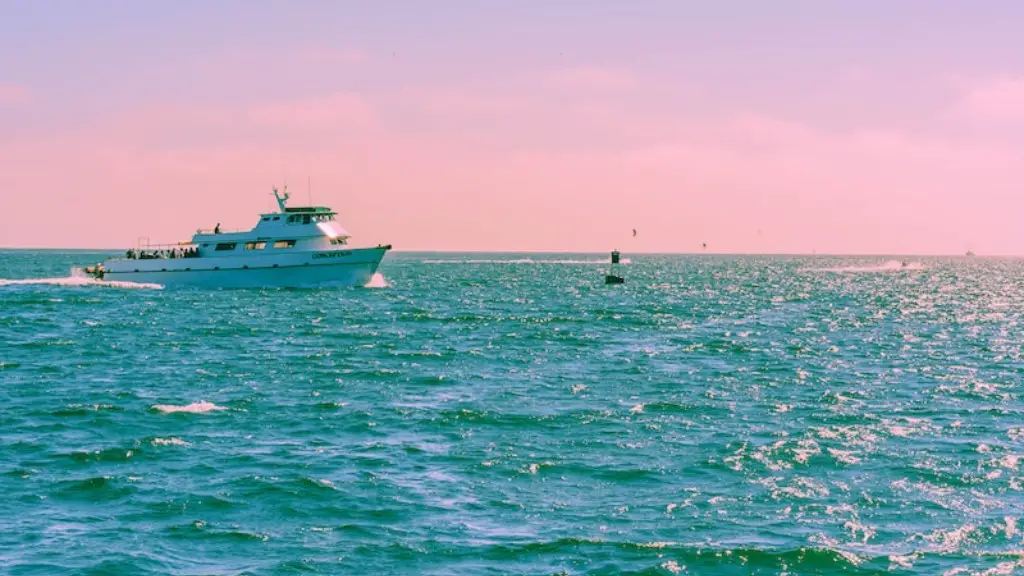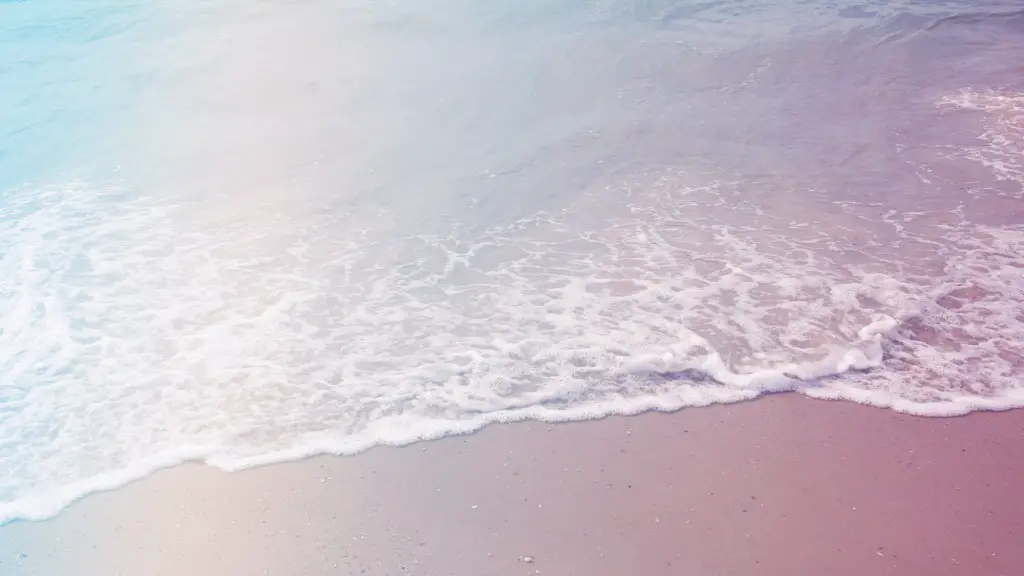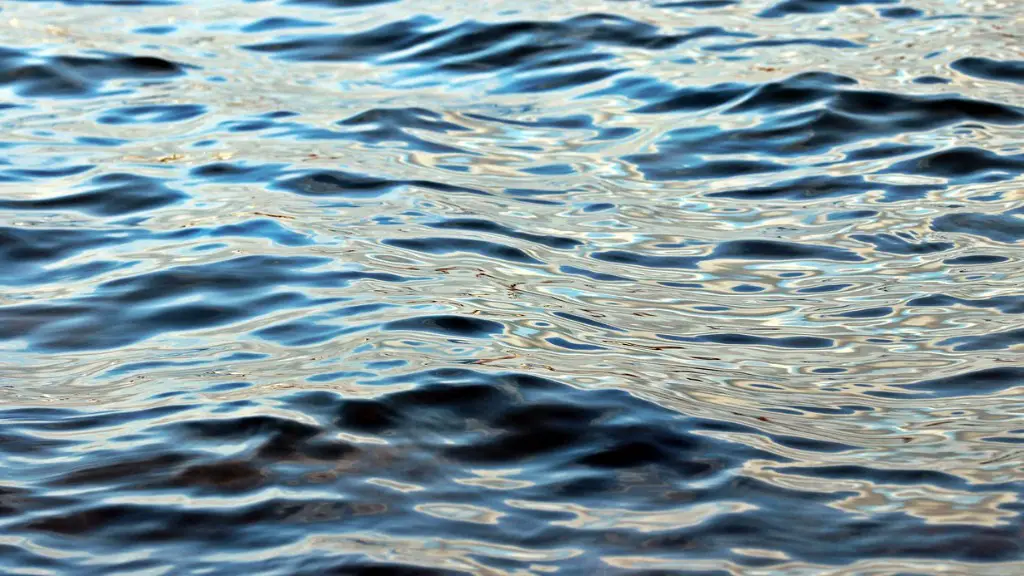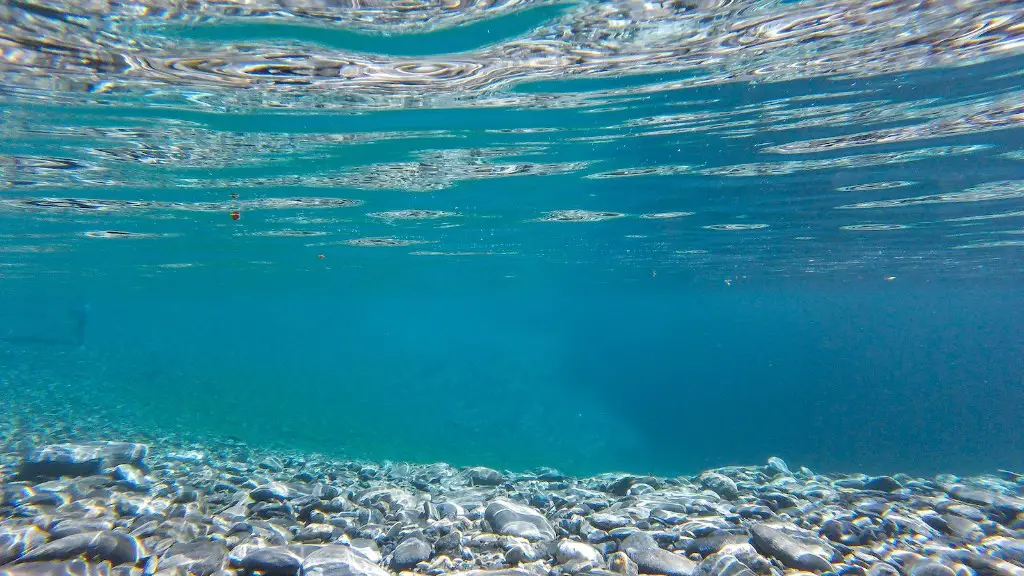The Black Sea is a sea located between Europe and Asia. It is bordered by Bulgaria, Romania, Ukraine, Russia, Georgia, and Turkey. It has a surface area of about 436,400 square miles.
The Black Sea is located in Eastern Europe, bordering the countries of Bulgaria, Romania, Ukraine, Russia, Georgia, and Turkey.
Why do they call it the Black Sea?
The name ‘Black Sea’ is widely attributed to the Anatolian Turks, due to their habit of referring to the South as ‘white’ and North as ‘black’. However, the appellation first appeared in a Hungarian document and later in sources originating further to the North, including Icelandic sagas and other Nordic narratives. These sources suggest that the name may have referred to the dark colour of the sea, or the stormy weather often found in the region.
The Black Sea is a marginal mediterranean sea of the Atlantic Ocean lying between Europe and Asia, east of the Balkans, south of the East European Plain, west of the Caucasus, and north of Anatolia. It is bounded by Bulgaria, Georgia, Romania, Russia, Turkey, and Ukraine. The Black Sea has a primary outflow to the Bosporus.
What country is the Black Sea located
The Black Sea is located at the southeastern extremity of Europe. It is bordered by Ukraine to the north, Russia to the northeast, Georgia to the east, Turkey to the south, and Bulgaria and Romania to the west.
The Black Sea is a popular summer destination for many looking for refuge from the heat. The Black Sea has a unique feature, which might make people believe it is not swimmable. The Black Sea is anoxic, meaning there is only a small amount of dissolved oxygen in the water. However, the Black Sea is COMPLETELY SAFE to swim in.
Why is there no oxygen in the Black Sea?
The halocline is a layer of water in the ocean where the salt content is significantly higher than the surrounding waters. This high salt content creates a density gradient that prevents mixing of the water layers. The result is that the deep waters are deprived of oxygen, which creates a unique environment for marine life. Above the halocline, the waters are rich in oxygen and support a diverse marine food chain. Below the halocline, the waters are devoid of oxygen and support a very different type of marine life.
The Black Sea is home to a rich and beautiful collection of flora and fauna, and more than ten small islands. It has now emerged as one of the most popular tourist attractions in the world. Besides this, there are a lot of interesting facts that make the Black Sea an attraction to marine enthusiasts.
Are there US ships in the Black Sea now?
Since the closure of the Turkish Straits, only warships with ports on the Black Sea can enter. The last American warship to transit the strait was USS Arleigh Burke (DDG-51), which left the Black Sea on Dec 15, 2021.
The Montreux Convention is an agreement that was signed in 1936 in Switzerland. The agreement stipulates that commercial ships of all nations can sail freely through the straits in peacetime. However, it forbids non-littoral states from maintaining a permanent or large naval presence in the Black Sea. Only Turkey, Russia, Ukraine, Romania, Georgia, and Bulgaria are allowed to do so.
What does Ukraine use the Black Sea for
The Black Sea has been a key commercial route for centuries, and its role in the conflict between Ukraine and Russia is no different. The main affected export is grain, as the Black Sea is a key route for its shipment. Russia’s actions in the conflict have disrupted this trade, causing prices to rise and affecting the Ukrainian economy.
The Black Sea is an important strategic waterway for Russia, providing access to the Mediterranean Sea and beyond. Russia regularly sends its ships and submarines in and out of the sea, surging forces there or sending its Black Sea Fleet into the Mediterranean Sea for local operations. This ensures that Russia can maintain a strong presence in the region and respond quickly to any threats that may arise.
Is the Black Sea saltwater or freshwater?
The Black Sea is a saltwater sea, but it is of lesser salinity than the oceans. The salinity of the Black Sea’s surface waters averages between 17 and 18 parts per thousand, which is approximately half that of the oceans. However, the Black Sea’s salinity gradients are steeper than those of the oceans, so its waters are more dense. As a result, the Black Sea’s waters are heavier and more difficult to mix than those of the oceans.
The Black Sea spiny dogfish sharks are some of the biggest and most productive in the world, but they are in danger of extinction. These remarkable, global species are vital to the health of the world’s oceans, but they are being threatened by overfishing, pollution and other human activities. We must do everything we can to protect these sharks and ensure that they have a future in our seas.
The USS Ross is an Arleigh Burke-class guided-missile destroyer that joined 31 other ships in the Black Sea for Sea Breeze 2021, hosted by Ukraine. The event is one of the largest maritime exercises in the region and helps to promote stability and security in the Black Sea.
The Black Sea is home to a variety of fish, including tuna, anchovy, herring, mackerel, and the white sturgeon. This abundance of marine life is due in part to the sea’s large size and depth, as well as the manyThermohaline circulation .
How cold is the Black Sea?
In winter, water temperatures in the northwest can range from 31 to 50 degrees Fahrenheit, with an average depth of 160 to 330 feet. The winter cooling forms an upper mixed layer, extending to depths of about 100 meters. The lower boundary of this layer is around 44 to 46 degrees Fahrenheit.
The Black Sea is home to vast quantities of hydrogen sulfide, a toxic gas associated with the smell of rotten eggs. Although the gas is not deadly, it can cause health problems if inhaled in large quantities. Scientists believe that the hydrogen sulfide is produced by bacteria living in the sediments of the Black Sea.
Why is the Black Sea so dirty
The Black Sea is the world’s largest body of water containing hydrogen sulfide, recognised as a potentially harmful environmental pollutant. This stems from both the inflow of salty Mediterranean seawater into its depths, and an inflow of river water into the shallows, leading to a great variety in its waters and flows.
Black Sea freezing is observed regularly in its northern parts and near the Kerch Straits. This phenomenon occasionally spreads during cold winters to the south, reaching the Romanian coast. Russian authors have reported several cases of heavy freezing on the northern coast in the 20th century.
Conclusion
The Black Sea is located in Eastern Europe, bordering the countries of Bulgaria, Romania, Ukraine, Russia, Georgia, and Turkey.
The Black Sea is located between Europe and Asia. It is bordered by the Mediterranean Sea to the south, the Aegean Sea to the west, and the Sea of Azov to the north.
